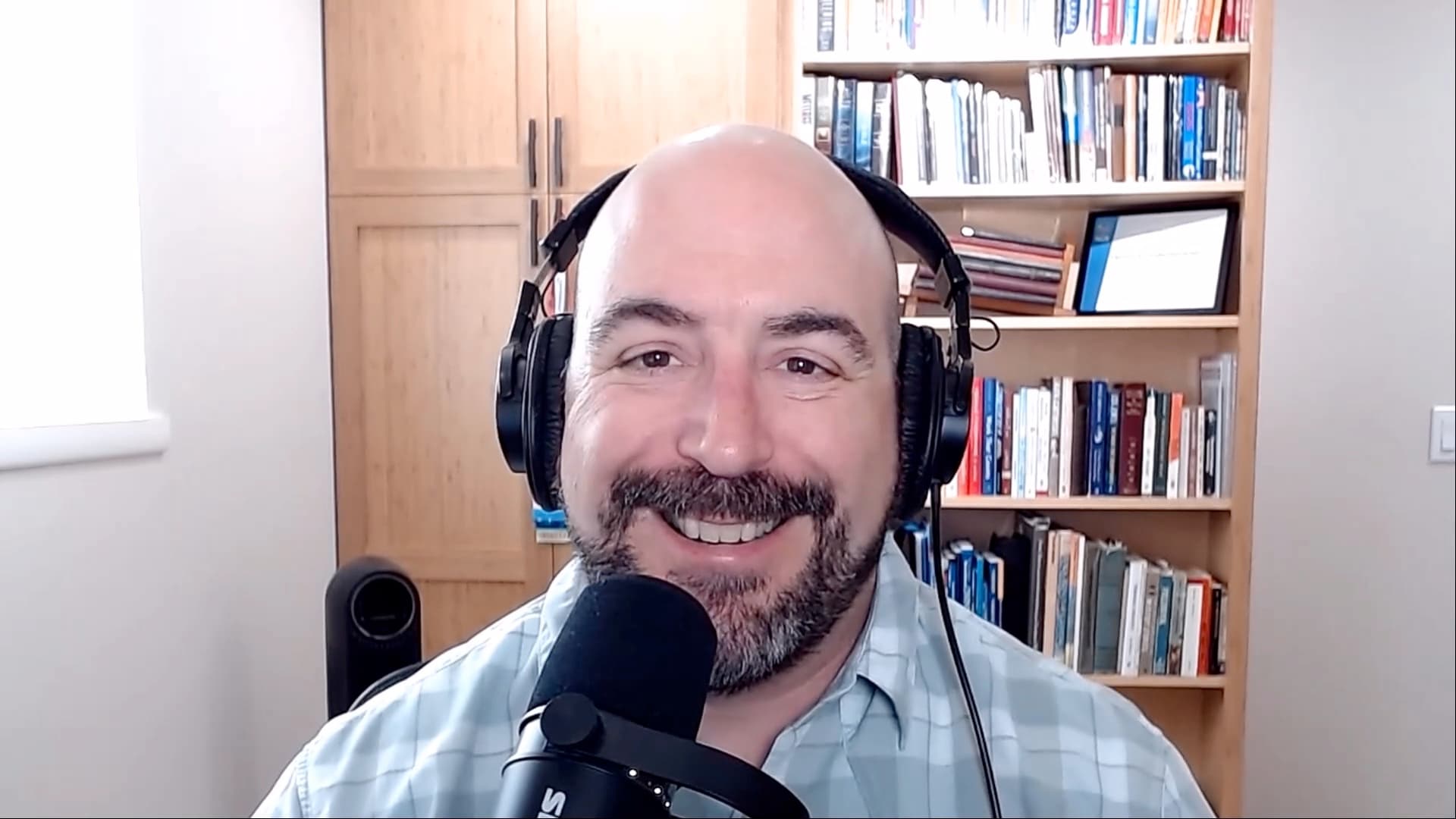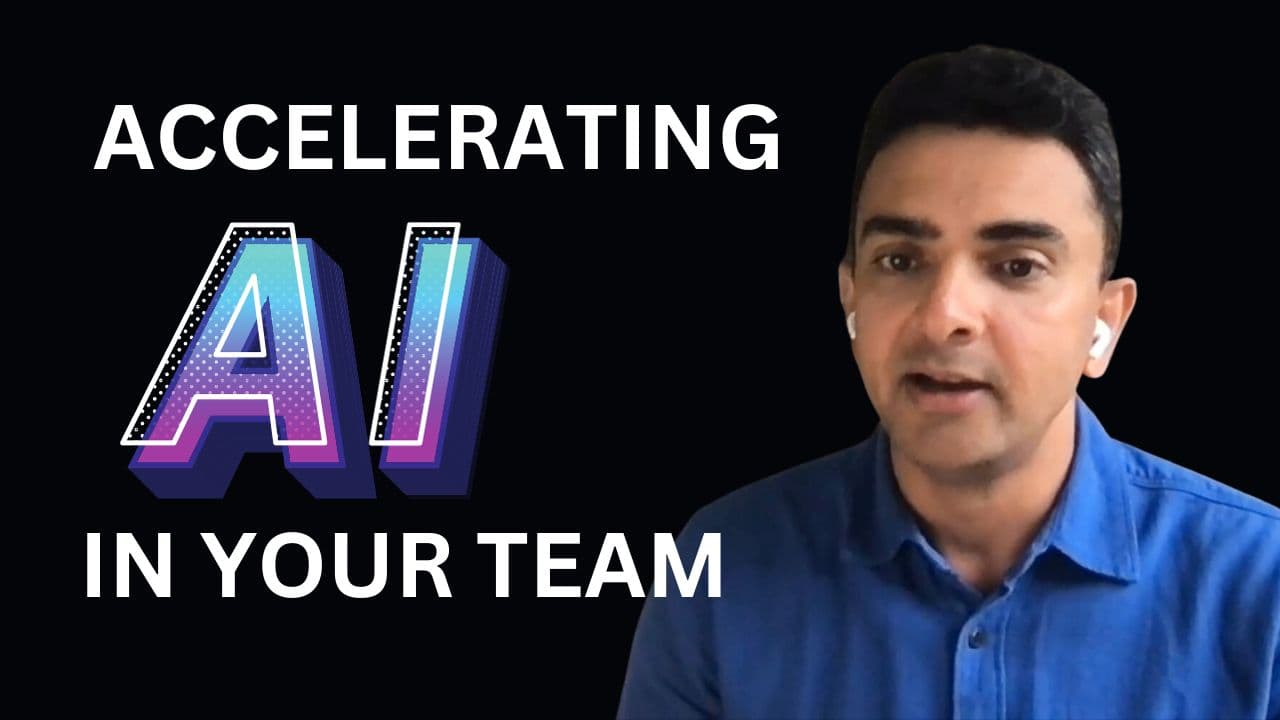
Unveiling the Secrets to New Manager Success
… [Read more](https://www.managersclub.com/unveiling-the-secrets-to-new-manager-success/ "Unveiling the Secrets to New Manager Success")


Location: Palo Alto, California
Current role: Director of Treatment Delivery Applied Research at Varian Medical Systems
I have an MSc in Medical Physics and a PhD in BioEngineering. I was first employed in medical device research and then, through a variety of economic changes, acquisitions, reorgs and whatnot, I found myself in a System Engineering role in a different company. The nature of the ideas that I advocated got me promoted to Director of Product Management, my first leadership role with people reporting to me.
This promotion happened in part because of economic turmoil surrounding the dot-com blow out back in 2001 – some people might call it a battlefield promotion. The point was, now I have people reporting to me and I have to take care of them and remove obstacles so that they can be productive. Instead of the old “How can I maximize my own productivity?”, it became “How can I make my team productive?” That was my entry into management
In the years since then, I have transitioned through several more employers, managing teams as large as 60 people and as small as five people. At present, within Varian, there are about 950 engineers contributing to my business unit – in this environment, a person might feel that they are a small cog in a big wheel, but at the Director-level there are numerous moderately consequential decisions that need to be made on a regular basis.
John: One of the challenges that Engineering Leaders face in the Medical Device industry is that some of the engineering management best practices, especially those relating to Scrum and Agile development, need to be adjusted for the world of regulated medical device development. The FDA does allow a variation of Agile project management methods, but they audit us as if it was a waterfall development. In order to create the required “Design Input” and “Design Output” documents, Engineering Managers have to create and follow a development process that is the best trade-off between Agile best practices and what the FDA allows.
Vidal: Interesting. I didn’t know that you have to modify your Agile process because of FDA regulations. Wow.
John: Very much so. Consider the following example: In some forms of Agile development, engineers let the customers be product testers, right? It’s well known that Yahoo randomly distributed variations of their home page and measured user response time in order to fine-tune homepage appearance. It was a gamble as to which homepage format would be seen by each visitor. In contrast, a medical device maker cannot perform basic product tests in a real medical environment. Common sense and the FDA both demand that you don’t gamble with a patient’s life. This is just one example amongst many as to how medical device development differs from non-medical engineering development.
John: Once we know that the candidate’s skills meet the minimum required threshold level, we look at attitude, thinking, and curiosity. Unfortunately, in the real world, it’s tough to go to recruiters and say: “Hey, I want to hire someone with the right attitude. I want to hire someone who can think well and has lots of curiosity.” How the heck is a recruiter going to find a person based on that description?
Vidal: What do you look for inside the resume?
John: Since the recruiters need some guidance and since there should be a minimum skills threshold, I do provide a list of skills. As the resumes with at least the minimum required skills come in, I look for examples where the candidate exhibited technical leadership. Resumes that list patents are a “nice-to-have”, but since some positions and some employment situations do not lend themselves to creating patents, I do not consider patents to be a “must-have”.
Vidal: Interesting. All right. I’m just curious, during, in your interview, do you have any particular techniques you use to test for attitude and curiosity?
John: I’ll start with a deep dive into a project that the candidate had worked on in the past. In addition to asking detailed questions about the candidate’s responsibilities for that project, I’ll also ask questions pertaining to what other people on the team were doing. I’m trying to find out how aware the candidate was of parts of the system that they were not responsible for. The depth of their understanding of the parts they were not responsible for gives me a sense of their curiosity and their attitude.
John: I recommend that new engineering managers join manager networking groups. Examples of such groups in the San Francisco Bay Area include:
One reason why I recommend networking groups is that I’ve found that for topics like “management”, it’s best to learn in many small steps as you go along. One of the problems with taking a multi-day management training course is you are fed a huge chunk of information all at once, but you end up using only small bits right after the class, so the Use-it-or-Lose-it principle causes most of what you learned to be forgotten. Instead of occasional binge learning, I believe that frequent nibble-learning will best train the new manager.
John: Other advice for new managers is: You should know WHY you are going into management. What is your motivation?
Are you going into management because you want to guide people? Or because someone else in the company wants you to guide people?
You need to have your own internal sense or who you are and what you stand for.
Example 1: Perhaps in the past, as an individual contributor, you took pride in designing the best widget. Are you now prepared to abandon direct design and instead to encourage other people to design the best widget? Are you ready for that role change?
Example 2: In the past, as an individual contributor, you probably tried to grow your technical expertise. Are you now prepared to encourage other people to grow their technical expertise?
If these kinds of examples are not your style, then maybe you’re better off turning down that management responsibility.
Vidal: That’s a good point, yes. People should know their motivation for being a manager.
John: I desire less than two hours per day of email but if I’m not careful, it’ll creep to four hours. One of the techniques to exert discipline to stop it at two hours is to first consider how long the reply will be. If my reply is going to take more than two paragraphs, I will use voice communication to cover the topic. This approach usually avoids the creation of long email chains.
John: I’ll also admit that Director-level engineering managers in large organizations must regrettably attend many meetings; in my case, I often spend 6 hours/day in meetings. I try whatever I can to make those meetings important, and to avoid wasted time. One of the useful Time Management strategies comes from the old two-by-two grid of Importance vs Urgency.
Vidal: Yeah, it’s Stephen Covey with four quadrants, right?
John: Yes, and the trick is to concentrate your time on those items are “Important” even if they are not Urgent. It’s so easy to get sucked into stuff which is not important because someone wants it urgently. It takes discipline to either delegate the non-important tasks or just say no. It’s hard to do, but you have to keep on top of it.
John: One personal attribute is that I need to care about things, even if they aren’t necessarily my direct responsibility. Some authors call it owning a topic. I call it caring. Many employees act like a consultant offering advice. I recommend that they show people that they really care even when that means they’ll be caring about things that are outside of their own sweet spot.
John: Another personal attribute is knowing who you are and playing to your strengths.
In my case, knowing that I fit the leadership archetype of a “Mentoring Professor”, I find the time to teach others and grow them into becoming more effective. Their success reflects back on me because others know that I guided them to their successes.
Depending on which articles you’ve read, you may have heard of 4 or 5 leadership archetypes (aka leadership styles). The Mentoring Professor style suits some, but not all managers. As long as the manager knows which style fits them best and they’re actually working according to that style, then they’ll probably be successful as well.
Vidal: What is the source of the archetypes? Is that from a book or methodology?
John: Oh, I can give you some references, but every year in the leadership literature you’ll come across a bunch of articles written, “Yes, there are five kinds of leaders.” “No, there are four kinds of leaders.” “No, there are six kinds of leaders.” The whole point is you need to know what kind of person you are and then you should play to those strengths. The top management in each company should seek diversity in leadership archetype/styles. They should aim for some (but not all!) to be Mentoring Professors, and some (but not all!) to be Execution Masters, and some (but not all!) to be Nurturers. This blend of leadership styles will get the widgets out the door by a team of well-trained staff who work together well.
I desperately need a desktop search tool. As my employer uses the Windows environment, I use the search tool called X1 (there are probably other search tools as well). I find the X1 UI to be just what I need, making it very easy for me to search my emails & files.
John: I recommend Ron Lichty’s book Managing the Unmanageable: Rules, Tools, and Insights for Managing Software People and Teams in part because it is a good collection of bite-sized wisdom. Just like my previous point about binge-learning vs nibble-learning, the advantage of ingesting bite-sized concepts is that you can use those bites right away whereas many ideas learned from binging are lost because they are not immediately used.
Vidal: Yeah, it’s a great book. It’s very good. I like the title too. 😉
I am on LinkedIn at www.linkedin.com/in/john-van-heteren-220232
This series asks engineering managers to share their experiences with the intent of helping other engineering managers learn and improve. Have someone you want to see featured or questions you think we should ask? Contact me.

… [Read more](https://www.managersclub.com/unveiling-the-secrets-to-new-manager-success/ "Unveiling the Secrets to New Manager Success")

… [Read more](https://www.managersclub.com/accelerating-ai-in-your-team-strategies-for-success/ "Accelerating AI in Your Team: Strategies for Success")

In this video, Rajesh Janakiraman, an engineering manager at Google, shares his insights and experiences on leading business critical projects while ensuring his team remains motivated and doesn’t burn out. Business critical projects can be intense, high visibility deadlines that often shift roadmaps and include executive-level oversight. Building the right team, maintaining communication, and managing expectations around these challenging projects are crucial to preventing burnout and driving results.

Are you on the lookout for a collaborative, engaging community tailored specifically for your role? Look no further! Introducing the Managers Club Discord server dedicated to leadership in engineering. We’re a community of engineering managers, team leads, and CTOs who come together to share experiences, best practices, and insights.

Are you an Engineering Manager curious about gauging your effectiveness and success in your role? In this insightful episode, we dive deep into metrics and stakeholder management with Ivan Bilan, an experienced engineering manager. Discover the core metrics for measuring engineering manager performance in people leadership, product quality, delivery, and self-promotion, and learn the importance of stakeholder management in driving team success. In this video, we will be looking at how to measure success and performance for managers. We’ll be exploring different methods and tools that managers can use to measure their own success, as well as the success of their team. Don’t miss out on these valuable insights and strategies!

In this engaging conversation, experienced technical recruiter Kate Parton shares vital advice and insider tips for candidates seeking job opportunities in the tech industry. She discusses red flags to watch for, navigating compensation discussions, common misconceptions about the recruiting process, and how to make the most of your partnership with a recruiter. Discover the role of social media and the rise of AI in the hiring process. Kate shares valuable tips and advice on making your job search and interview process smoother and more successful. Tune in for an insider’s perspective on the world of recruitment and how to avoid common pitfalls!